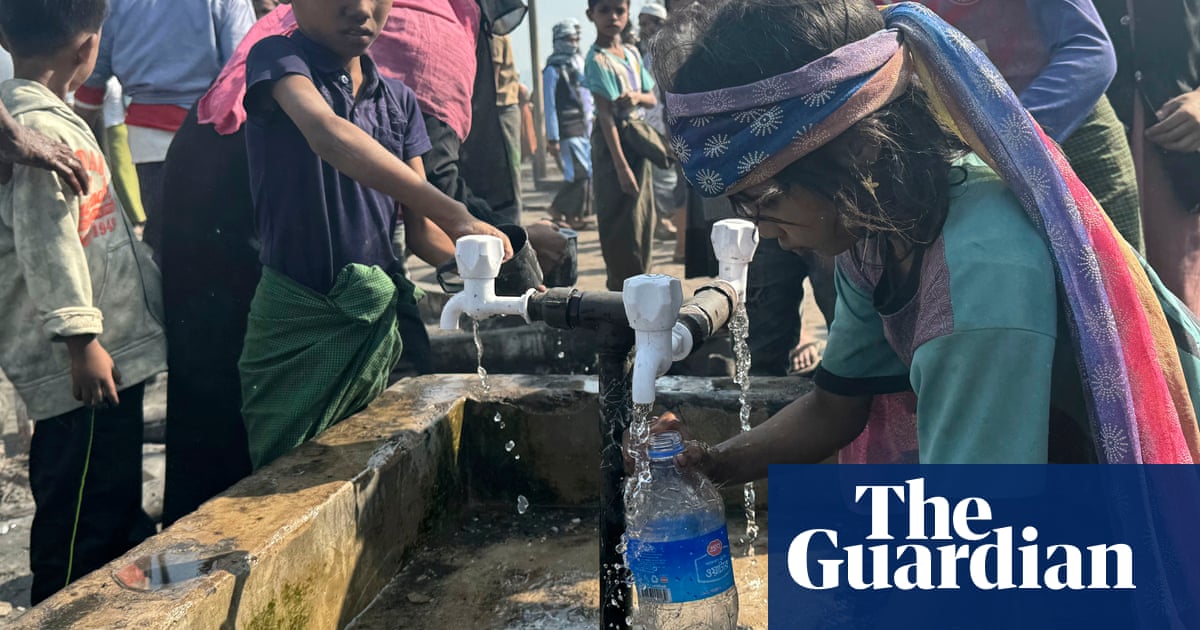
Iran is facing one of the worst public health crises in its modern history. Tens of thousands of people there have been infected with the coronavirus disease (COVID-19) and more than 2,000 have lost their lives.
Many members of the country’s medical staff and health officials keep calling on the government to take the necessary steps to disrupt the spread of the virus. Kianush Jahanpur, the spokesperson for Iran’s Health Ministry, revealed the depth of the crisis by tweeting: “Based on our information, every 10 minutes one person dies from the coronavirus and some 50 people become infected with the virus every hour in Iran.”
But the Islamic Republic and its proxies appear to be prioritizing the regime’s revolutionary ideals, military adventurism and pursuit of regional hegemony over the public health crisis that the nation is facing. For example, Iran-backed militias in Iraq are ratcheting up their rocket attacks amid the coronavirus crisis. One attack killed several members of the US-led anti-Daesh coalition at Iraq’s Camp Taji base on March 11. Eighteen 107 millimeter Katyusha rockets slammed into the base, killing two Americans and one British soldier.
The US took retaliatory measures by conducting precision strikes against Kata’ib Hezbollah bases across Iraq, including targeting five of their weapons storage facilities. Iran is a major supplier of weapons and rockets to Shiite militias across the region. The US Navy and allied nations have previously intercepted several shipments of weapons heading to Yemen from Iran, while a UN report conclusively revealed a connection between Iran’s short-range ballistic missiles and the Houthis.
The Tehran regime has long been trying to boost its ballistic missile capacity throughout the region, in defiance of international norms and sanctions. Iran’s transfer of ballistic missiles to other countries raises the question of whether Tehran is violating UN Security Council Resolution 2231, which stipulates that: “Iran is called upon not to undertake any activity related to ballistic missiles designed to be capable of delivering nuclear weapons, including launches using such ballistic missile technology.” Most likely, Tehran’s long-term ballistic missile strategy is not limited to arming militias and terror groups, but also includes having the capacity to manufacture short-range and long-range ballistic missiles in other countries. Since Iran possesses the technology, it will be much more efficient and cost-effective to produce missiles in other nations.
Iran also appears to be setting up new militia groups in Iraq. One such Shiite militia group, which calls itself Usbat Al-Thayireen, or League of Revolutionaries, was likely established and armed by Tehran. In a video it released, a masked man holding a Kalashnikov-style assault rifle warned that attacks on Camp Taji and the Basmaya military base were only the beginning of a larger offensive. In another video, the group declared: “The Islamic resistance of Usbat Al-Thayireen vows to strike the occupation forces’ bases and embassy in the coming days and will continue striking the occupation until it exits the country, and the matter will be taken further if the occupier does not leave.” The militia also described itself as “a martyrdom project whose mission is striking the American occupation forces, striking its bases, striking (its) embassy and avenging the martyred leaders and their companions.”
Through its influence in the Iraqi government, the Iranian regime previously pushed Iraq into recognizing a conglomerate of Shiite militias known as the Popular Mobilization Forces as “legitimate” groups, incorporating them into the state apparatuses and making the Iraqi government allocate wages and ammunition for them.
Iranian forces and aligned Syrian militias have recruited about 9,000 young fighters from Shiite communities.
Dr. Majid Rafizadeh
In another Arab country, Syria, the Iranian regime has ratcheted up its efforts to recruit young Shiite fighters. Iranian forces and aligned Syrian militias such as Saraya Al-Areen have recruited about 9,000 young fighters from Shiite communities in Sayda, Da’el and Izraa and sent them for military training, according to the Syrian Observatory for Human Rights (SOHR). Mass recruitment can also be witnessed in the northeast of the country, around the Euphrates River and Deir Ezzor province.
Iran is exploiting the economic situation by offering financial incentives to the fighters. “Those young people hurry to join the ranks of Iranian-backed militias because of the deteriorating living conditions and lack of job opportunities,” the SOHR reported.
Iran’s modus operandi is also anchored in exploiting religion and using sectarianism as a powerful tool to gain power and further the regime’s parochial, religious and political ambitions. The young people recruited by Iran are generally forced into carrying out various crimes against civilians, including torture, kidnapping, the use of child soldiers, widespread demolition of buildings, indiscriminate attacks, and unlawful restrictions on the movement of people fleeing the fighting.
Dr. Majid Rafizadeh is an Iranian-American political scientist. He is a leading expert on Iran and US foreign policy, a businessman and president of the International American Council. Twitter: @Dr_Rafizadeh
Disclaimer: Views expressed by writers in this section are their own and do not necessarily reflect Arab News" point-of-view












